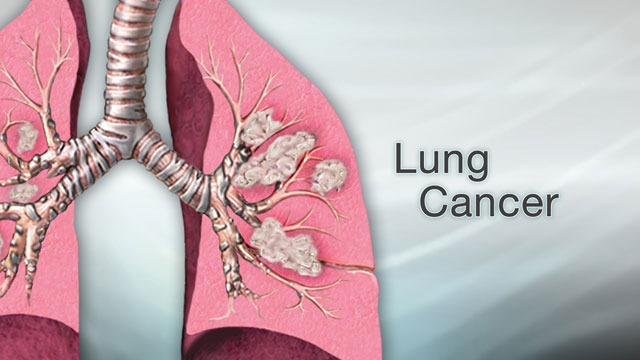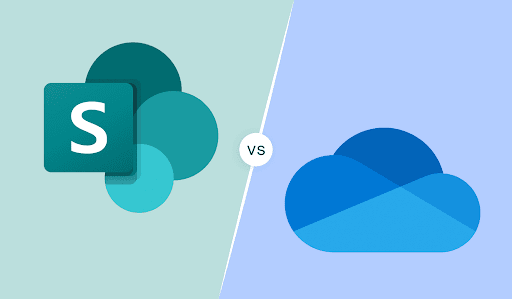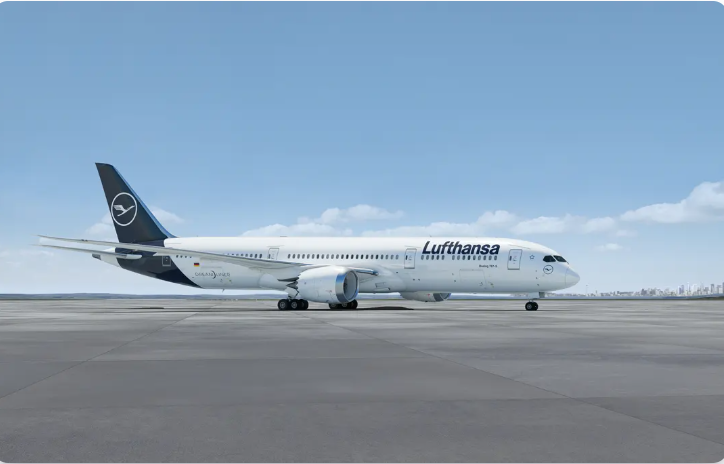Lung cancer is a major health concern globally and is the leading cause of cancer-related deaths. It occurs when cells in the lungs grow uncontrollably, forming tumors that can interfere with the lungs’ primary function of supplying oxygen to the body. The disease can be particularly insidious because it often does not cause symptoms until it has reached an advanced stage. This article provides an in-depth look at lung cancer, its types, causes, symptoms, diagnosis, treatment options, and the cost of treatment, particularly focusing on lung cancer treatment costs in India.
Types of Lung Cancer
Lung cancer is primarily categorized into two main types:
- Non-Small Cell Lung Cancer (NSCLC): NSCLC is the most common type, accounting for about 85% of lung cancer cases. It includes several subtypes:
- Adenocarcinoma: The most common subtype of NSCLC, often found in the outer parts of the lungs and more likely to occur in non-smokers.
- Squamous Cell Carcinoma: Usually linked to a history of smoking and typically found in the central part of the lungs near a bronchus.
- Large Cell Carcinoma: Can appear in any part of the lung and tends to grow and spread quickly, making it harder to treat.
- Small Cell Lung Cancer (SCLC): SCLC accounts for about 15% of lung cancers and is more aggressive than NSCLC. It is strongly associated with smoking and tends to spread rapidly to other parts of the body.
Causes and Risk Factors
The primary risk factor for lung cancer is smoking, which is responsible for approximately 85% of all cases. Both active smoking and exposure to secondhand smoke significantly increase the risk of developing lung cancer. Other risk factors include:
- Exposure to Radon Gas: Radon is a naturally occurring radioactive gas that can accumulate in homes and buildings. Long-term exposure to high levels of radon can increase lung cancer risk.
- Occupational Hazards: Certain workplaces expose individuals to carcinogens such as asbestos, arsenic, and diesel exhaust, which can increase the likelihood of developing lung cancer.
- Air Pollution: Long-term exposure to polluted air can also contribute to lung cancer risk, particularly in urban areas with high levels of industrial emissions.
- Genetic Factors: A family history of lung cancer can indicate a genetic predisposition, raising an individual’s risk.
- Personal or Family History of Lung Disease: Conditions like chronic obstructive pulmonary disease (COPD) can increase susceptibility to lung cancer.
Symptoms
Lung cancer symptoms often do not appear until the disease is advanced, but early detection is crucial for better treatment outcomes. Common symptoms include:
- A persistent cough that worsens over time
- Chest pain that is often worse with deep breathing, coughing, or laughing
- Hoarseness
- Weight loss and loss of appetite
- Shortness of breath
- Fatigue or weakness
- Coughing up blood or rust-colored sputum
- Recurrent infections such as bronchitis and pneumonia
Diagnosis
Diagnosing lung cancer involves a series of tests and procedures. Initial steps typically include a thorough medical history and physical examination, followed by imaging tests like chest X-rays and computed tomography (CT) scans to detect abnormal masses in the lungs. If a suspicious area is found, further diagnostic procedures may include:
- Sputum Cytology: Examining sputum (mucus) under a microscope to look for cancer cells.
- Biopsy: Removing a small sample of tissue for examination. This can be done through various methods, such as bronchoscopy (inserting a thin tube with a camera into the lungs), needle biopsy (using a needle to extract tissue from the lungs), or surgical biopsy.
- Mediastinoscopy: A procedure to examine the central part of the chest (mediastinum) and obtain tissue samples.
- Positron Emission Tomography (PET) Scan: A specialized imaging test that helps detect the spread of cancer.
Treatment Options
Treatment for lung cancer depends on the type, stage, and overall health of the patient. Common treatment modalities include:
- Surgery: Surgical options are typically considered for early-stage lung cancer and may involve removing a part of the lung (lobectomy) or the entire lung (pneumonectomy).
- Radiation Therapy: This treatment uses high-energy rays to kill cancer cells. It can be used alone or in combination with other treatments.
- Chemotherapy: Chemotherapy involves using drugs to destroy cancer cells and is often used when the cancer has spread beyond the lungs.
- Targeted Therapy: Targeted therapy uses drugs to target specific genetic changes in cancer cells. This type of treatment is more effective for certain genetic mutations.
- Immunotherapy: This treatment boosts the body’s immune system to fight cancer and is used for certain types of lung cancer.
- Palliative Care: Palliative care focuses on relieving symptoms and improving quality of life for patients with advanced lung cancer.
Lung Cancer Treatment Cost in India
The cost of lung cancer treatment in India is significantly lower compared to many Western countries, making it an attractive option for medical tourists. However, costs can vary widely based on several factors, including the type of treatment, the stage of cancer, the hospital, and the city.
Factors Influencing Treatment Costs:
- Type of Treatment: Surgical procedures, chemotherapy, radiation therapy, targeted therapy, and immunotherapy all have different cost structures. For example, surgery can cost between INR 2,00,000 and INR 4,00,000 (approximately USD 2,500 to USD 5,000), while chemotherapy cycles can range from INR 50,000 to INR 1,50,000 (USD 625 to USD 1,875) per cycle.
- Hospital and Location: The cost of treatment varies between hospitals and regions. Major cities like Delhi, Mumbai, and Bangalore tend to have higher treatment costs compared to smaller cities. Top-tier hospitals with advanced facilities may charge more than smaller, regional hospitals.
- Duration of Treatment: The total cost will also depend on the duration of the treatment plan. Prolonged treatment or combination therapies can increase the overall expense.
- Diagnostic Tests: Regular diagnostic tests, such as CT scans, PET scans, and biopsies, contribute to the overall cost. Each test can cost between INR 5,000 and INR 20,000 (USD 62 to USD 250).
- Hospital Stay and Post-Treatment Care: The length of hospital stay and the requirement for post-treatment care and medications also affect the total cost.
Estimated Costs:
- Surgery: INR 2,00,000 to INR 4,00,000 (USD 2,500 to USD 5,000)
- Chemotherapy: INR 50,000 to INR 1,50,000 (USD 625 to USD 1,875) per cycle
- Radiation Therapy: INR 1,50,000 to INR 3,00,000 (USD 1,875 to USD 3,750)
- Targeted Therapy: INR 1,00,000 to INR 2,50,000 (USD 1,250 to USD 3,125) per month
- Immunotherapy: INR 2,00,000 to INR 5,00,000 (USD 2,500 to USD 6,250) per month
These costs are approximate and can vary based on individual patient needs and treatment plans. It is essential for patients to consult with their healthcare providers and discuss the financial aspects of their treatment.
Conclusion
Lung cancer remains a significant global health challenge, but advancements in medical technology and treatment strategies are providing hope for better outcomes. Early detection through regular screening, especially for high-risk individuals, plays a crucial role in managing the disease effectively.
In India, the cost of lung cancer treatment is relatively affordable compared to many other countries, making it a viable option for both local and international patients. However, it is important to consider various factors such as the type of treatment, hospital, and location when planning for the financial aspects of care.
With a comprehensive understanding of lung cancer and its treatment option












